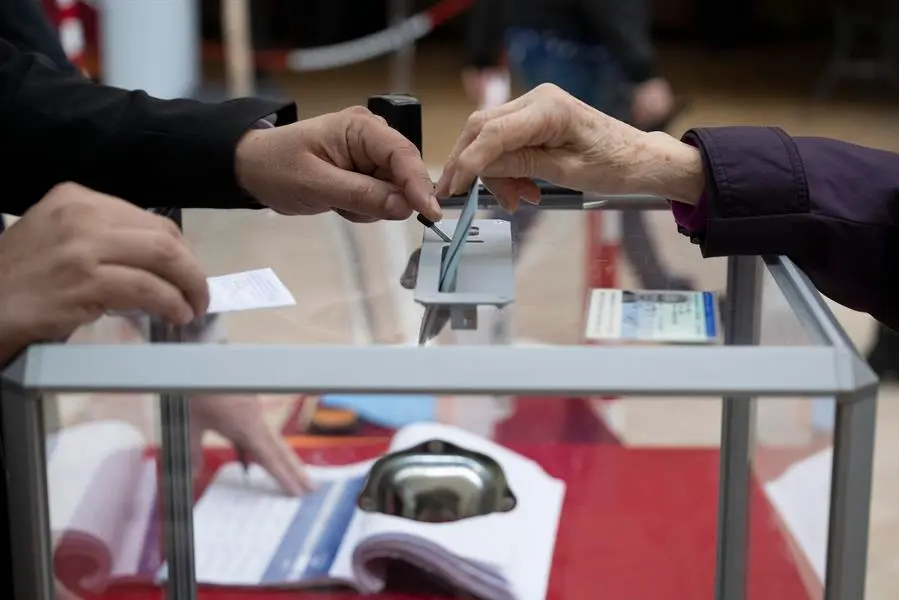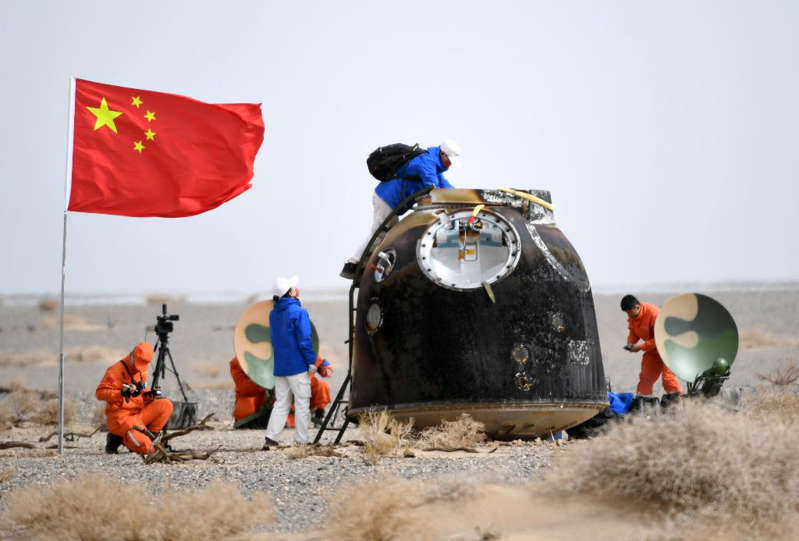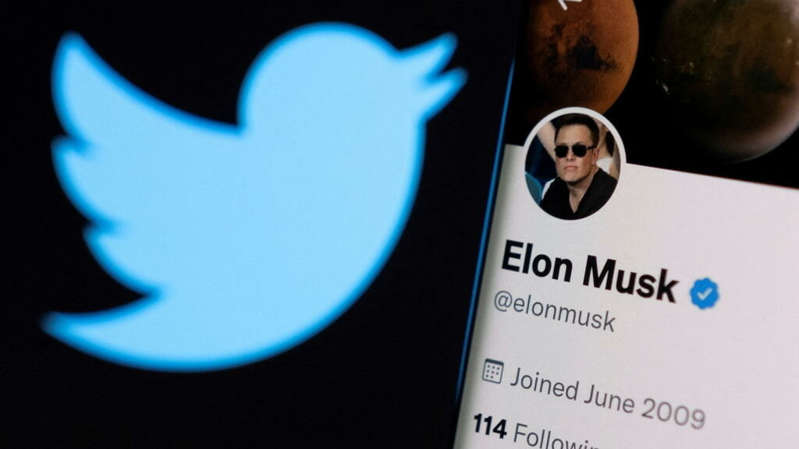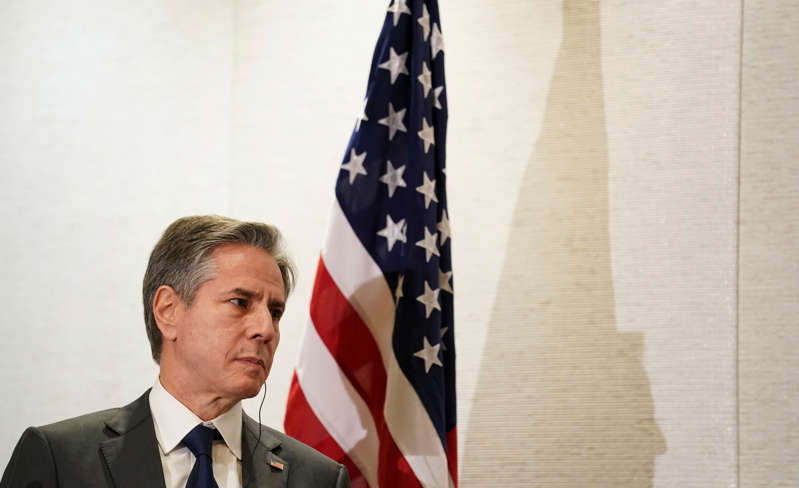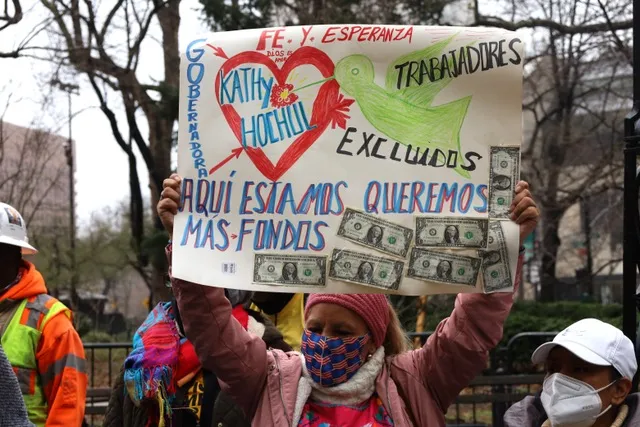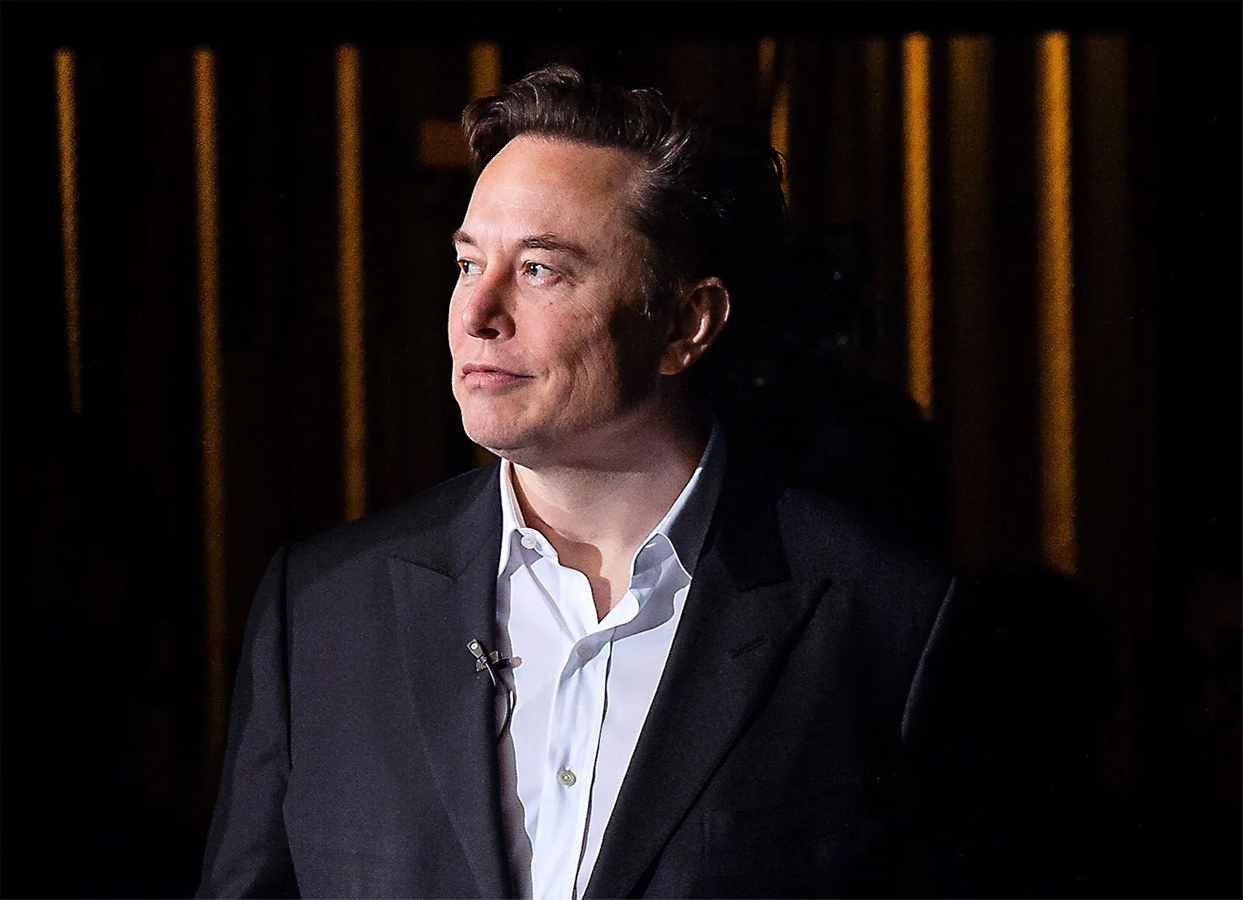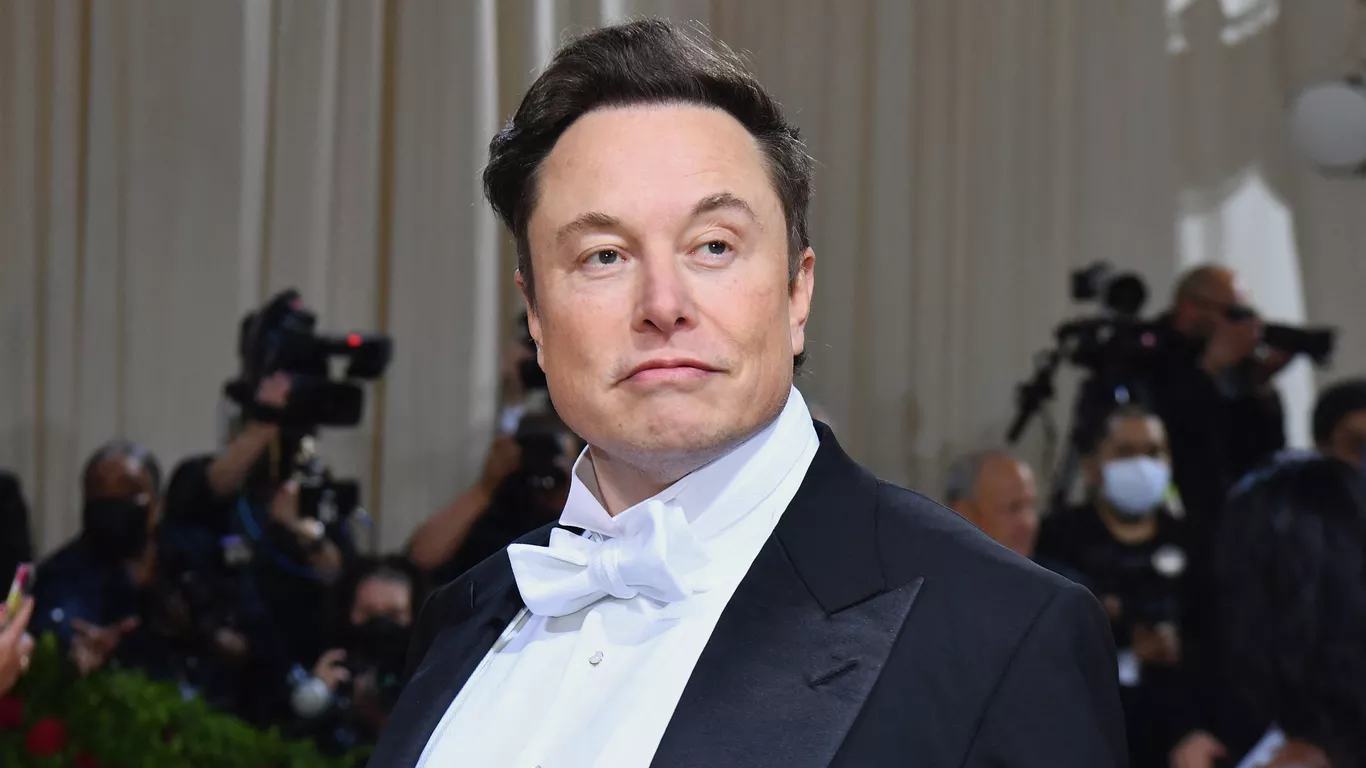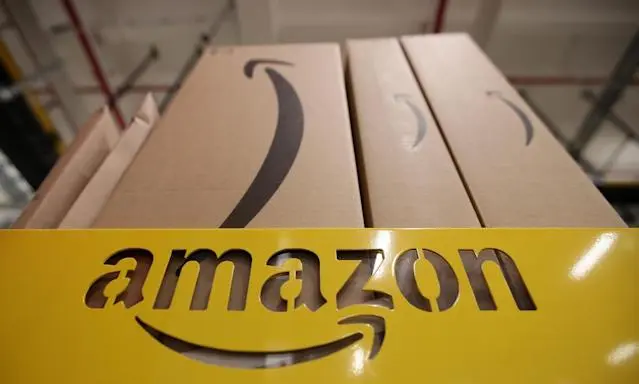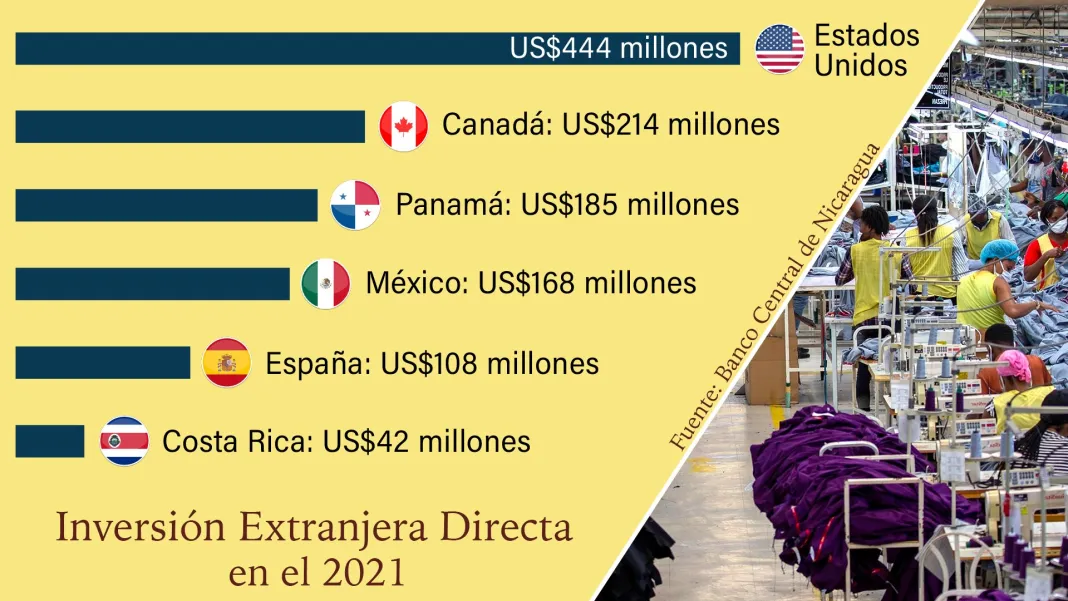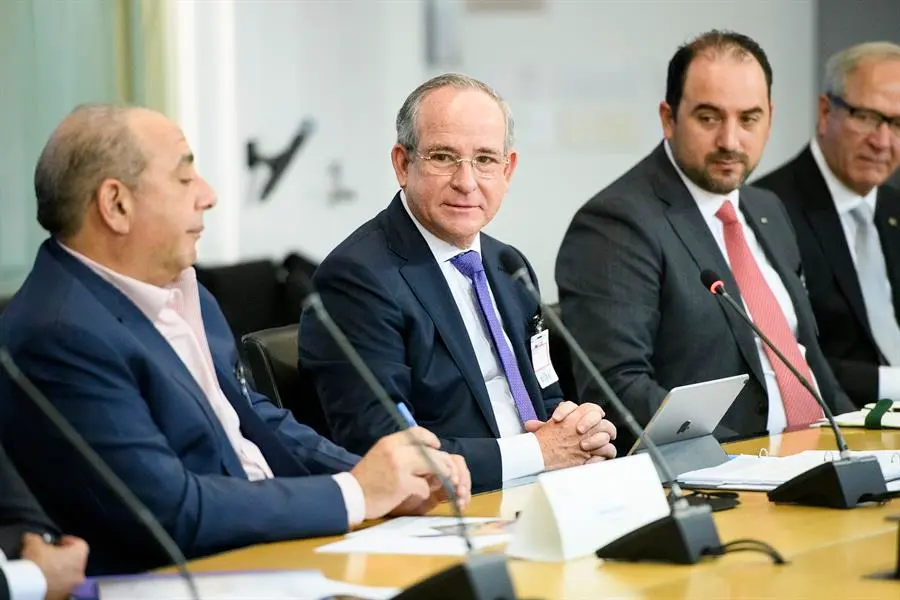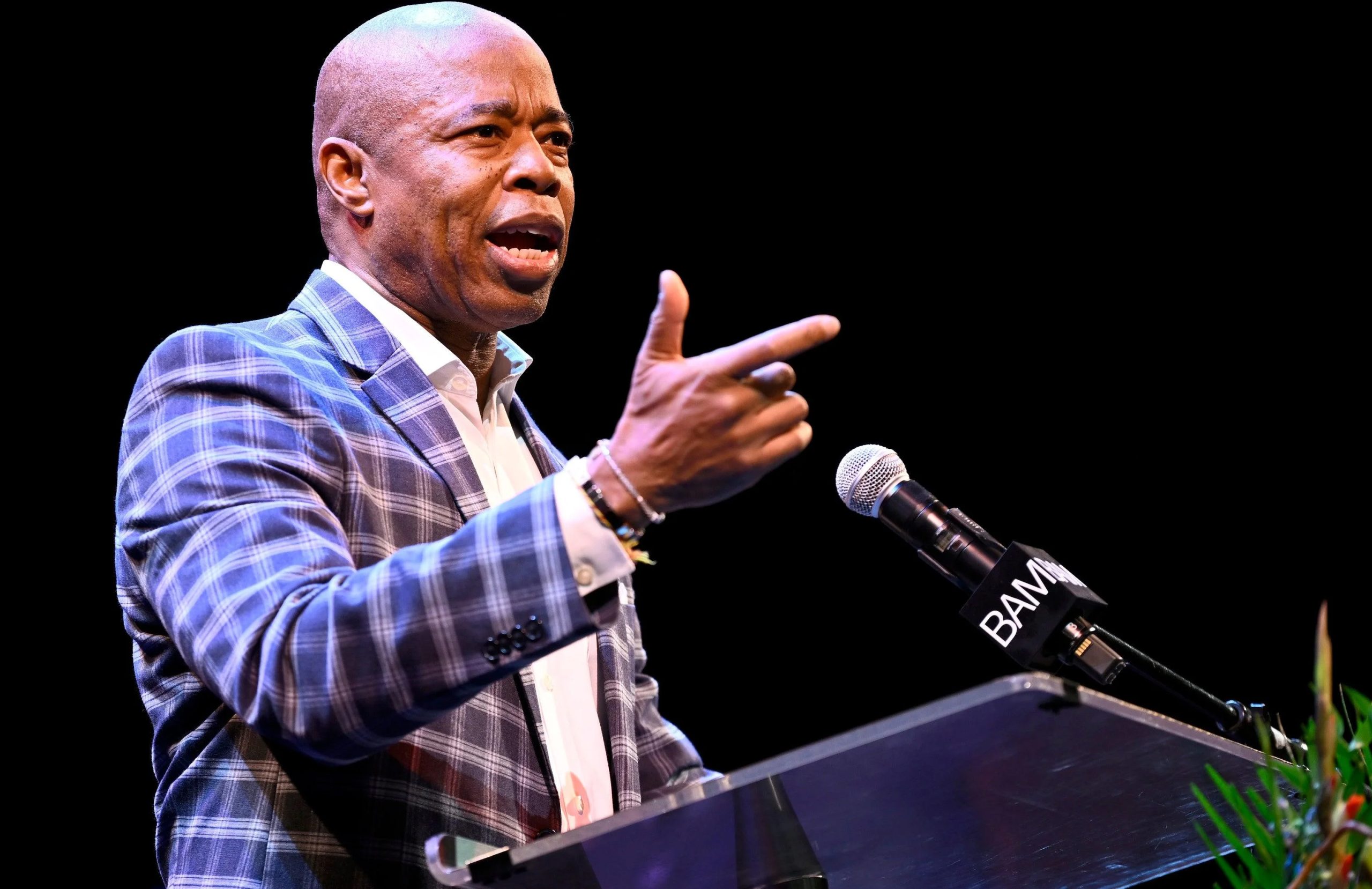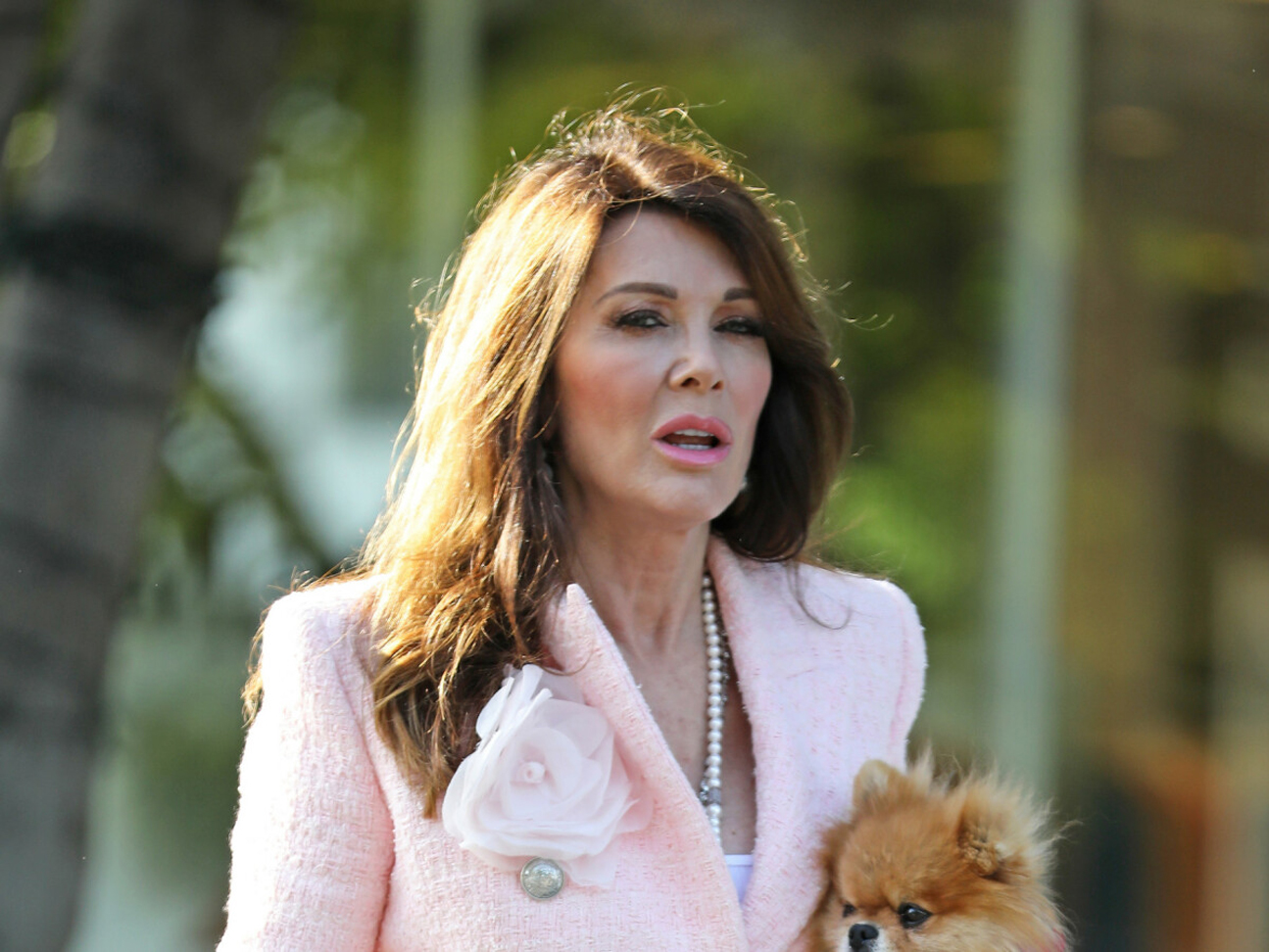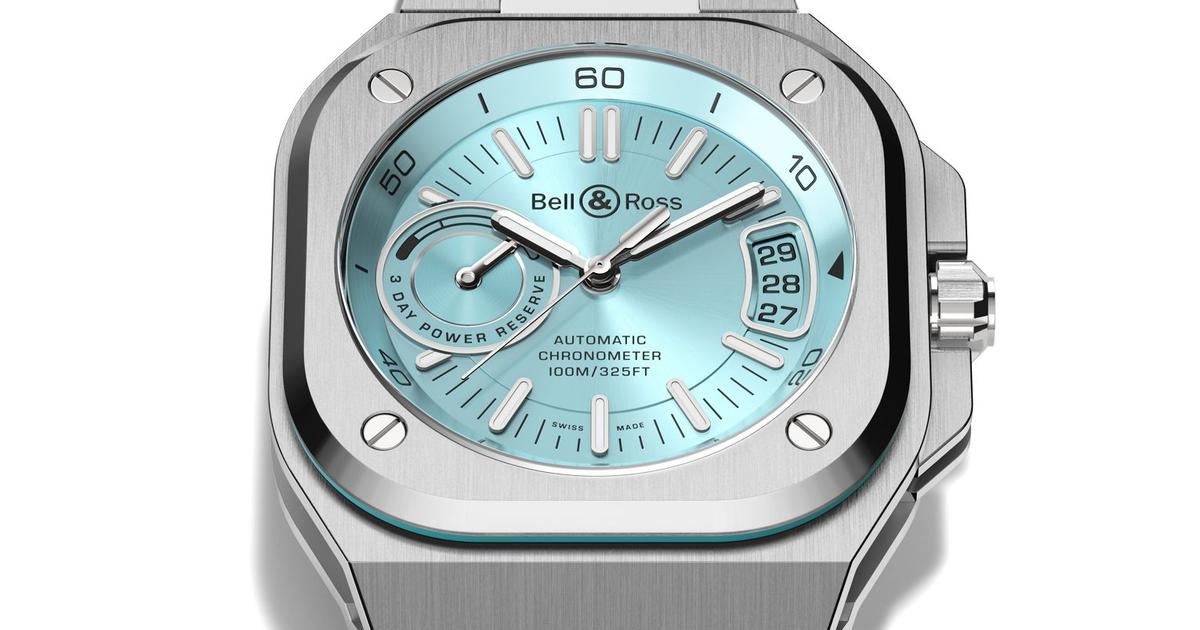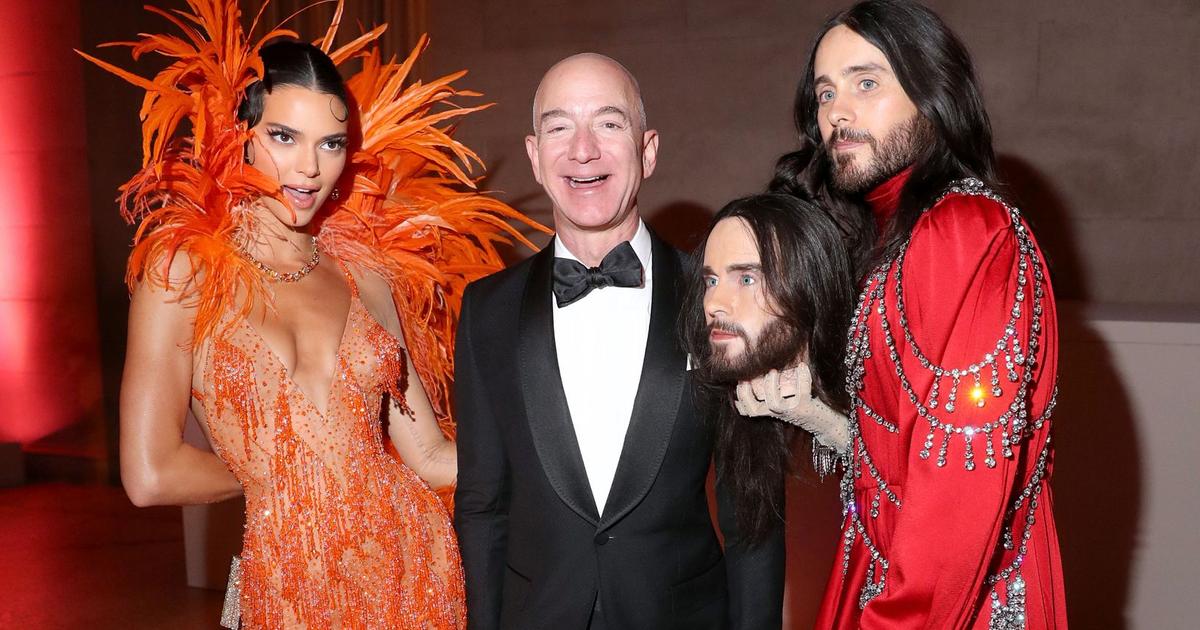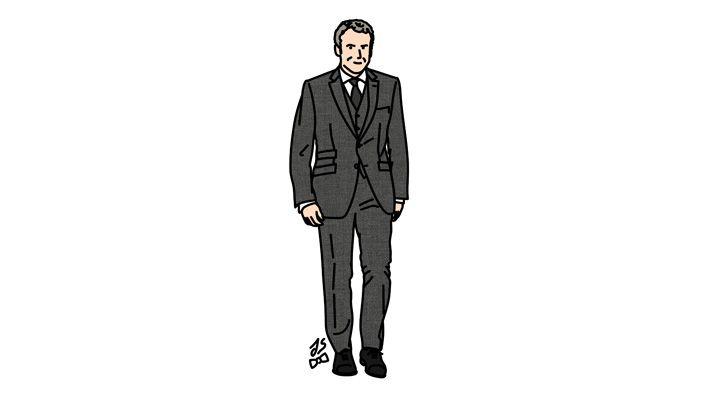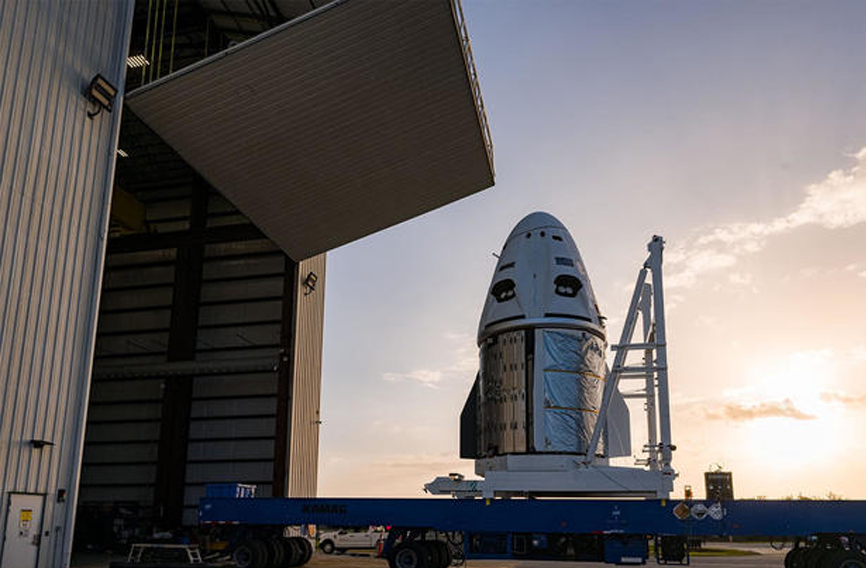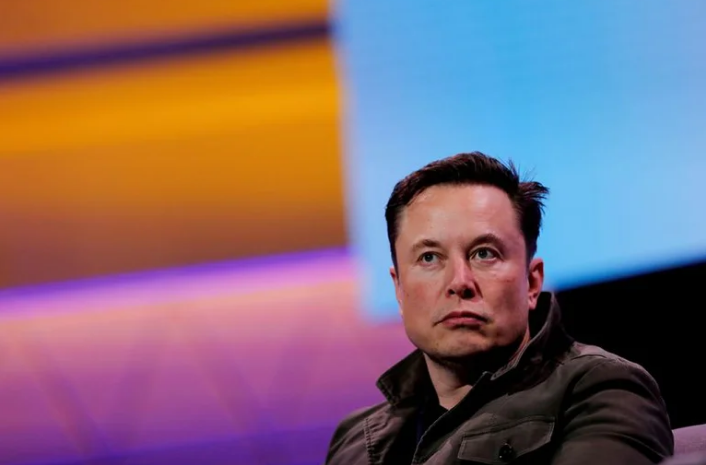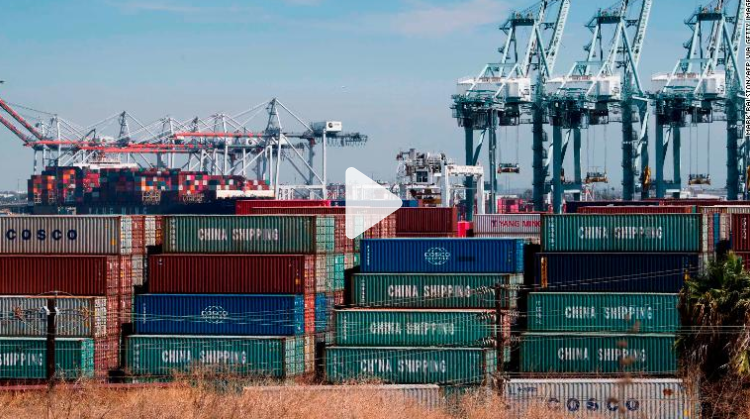Mutual accusations of blame over the coronavirus pandemic have reignited tensions between states and China, threatening to break the already fragile truce of the world’s two largest economies.
But the pandemic has left the global economy in a much more precarious position than it was when the two countries began to dispute the trade issue two years ago. And no one can take on the damage that another full-blown trade war would cause.
The virus has hit both countries heavily, plunging their economies into the deepest contractions in decades and wiping out millions of jobs . And while China, at least, has claimed that it has already been through the worst of the pandemic, the world is still far from a meaningful recovery.
Which makes US President Donald Trump’s recent threat of new tariffs on China – and hints from Beijing that it might respond with other drastic punitive actions – all the more worrying.
“Clearly, the timing of renewed trade tension could not be worse,” economists at S&P Global Ratings wrote in a research note earlier this month. “The threat of higher tariffs and the intensification of the technological cold war could affect trade and investment in technology, deactivating what still promises to be an engine for recovery in 2020.”
Unrealistic terms that are now impossible
Even before the coronavirus outbreak turned into a pandemic, the trade ceasefire between the United States and China was already fragile … at best.
The “phase one” agreement reached in January only lowered some of the tariffs each side imposed on the other, while allowing Beijing to avoid additional taxes on goods worth nearly $ 160 billion. China also pledged to buy an additional $ 200 billion in American goods and services this and next year.
And that would have been quite a feat even without the virus-induced slowdown: The value of that pledge is more than what China imported annually before the trade war started, and analysts in January called the deal “highly challenging.” unless Beijing made sacrifices elsewhere.
The most sensitive points of the possible trade agreement between China and the United States 7:11
“The procurement goals in the phase one deal were always unrealistic, and now they are impossible,” said David Dollar, a senior fellow at the John L. Thornton China Center at the Brookings Institution and based in Washington.
According to S&P economists, China would have had to increase its imports by more than 6% every month for two years to meet the terms of the deal. Instead, US imports fell 6% during the first four months of 2020.
“With consumer demand declining in the Chinese economy, it is unlikely that Beijing will be able to commit to buying many more American products,” said Alex Capri, trade expert and visiting fellow at the National University of Singapore Business School. . “Or, if they commit… they will default later” due to lack of demand, he added.
On the other hand, Trump also does not have two more years to find out whether China will honor its commitment. The president faces an election in November, which analysts have pointed to as one of the reasons for his increasingly harsh rhetoric toward Beijing.
“Look, I’m having a very difficult time with China,” Trump said during a telephone interview with “Fox and Friends” last Friday. “I made a big business deal months before all this happened … and then this happens, and it kind of invalidates a lot,” he added.
An “internal rift” in China
Experts who have spoken to CNN Business still believe that Beijing’s economic and trade officials want to make the “phase one” deal work.
Vice Premier and Chief Trade Negotiator Liu He recently spoke with senior US trade officials – including Treasury Secretary Steven Mnuchin – about creating a “beneficial environment” to carry out the deal. On Tuesday, Chinese Prime Minister Li Keqiang thanked US conglomerate Honeywell for opening an office in Wuhan, the original epicenter of the virus, adding that he welcomed global business in China.
But Beijing’s challenge is not just about meeting impossible commitments. The pandemic – as well as who should be held responsible for its global spread – has fueled growing anti-American sentiment in China, making it difficult for the country’s leaders to give in to US demands.
“There is an internal breakdown in trade policy within China to be sure,” said Marshall Meyer, emeritus professor of management at the Wharton School of the University of Pennsylvania.
Earlier this month, Trump, who has claimed without evidence that the virus originated in a laboratory in Wuhan, hinted that the United States could impose more tariffs on China as punishment for the pandemic.
His government is also moving to further restrict Huawei’s ability to work with US companies . On Friday, the US Commerce Department said it wants to prevent the Chinese tech company from making and sourcing semiconductor chips using US-made software and technology, a move that inhibits the company’s ability to collaborate with its suppliers.
The Global Times , one of China’s most militant and outspoken state media outlets, hinted that Beijing may soon retaliate against Washington and its decision to restrict Huawei’s ability to make and source semiconductor chips by revealing a blacklist of foreign companies. which has been rumored for a long time. US companies such as Apple, Qualcomm, Cisco and Boeing could face restrictions on doing business in China, the publication said, citing an unidentified source close to the government.
The outlet has also drawn attention to harder-line voices in China, recently reporting that some are calling for “an eye-for-an-eye approach on trade issues.”
Such reports could represent an “experiment” for Beijing to consider, according to Malcolm McNeil, a partner at Washington-based law and lobbying firm Arent Fox. He said they could also be channeling a “vocal minority” that is pushing for more aggressive action by the government.
If Beijing decides to go ahead, McNeil stressed that the authorities there must handle the trade “delicately.”
“The coronavirus has become a global phenomenon with negative attention to China and its handling from the beginning,” he explained, adding that backing out of the January trade agreement would worsen attitudes toward the country.
Threat to economic recovery
If tensions continue to rise, the dispute could morph into a damaging conflict that would not only weaken the global recovery from COVID-19, but would also risk slowing important technological innovations.
The global economy is already expected to contract 3% this year, its worst decline since the Great Depression , according to the International Monetary Fund. A recovery beyond that is far from certain, and could take years.
IMF CEO Kristalina Georgieva reiterated the danger of a trade war earlier this month.
Even before the pandemic, economists and experts warned that a deterioration in the relationship between the two countries could stifle the development of artificial intelligence and super-fast 5G mobile networks. Former Federal Reserve Chairman Janet Yellen indicated in January that losing the ability to cooperate on such advances would be bad for the world .
Another trade war would also affect businesses and consumers. American companies and farmers paid $ 3.9 billion in tariffs in March alone, mostly due to the trade war, according to data from the nonprofit Tariffs Hurt the Heartland , a coalition of trade associations.
“Covid-19 has wreaked unprecedented havoc on American businesses and farmers,” explained Jonathan Gold, spokesman for Americans for Free Trade. “Tariffs are the last thing any company should worry about during this pandemic,” he added.




